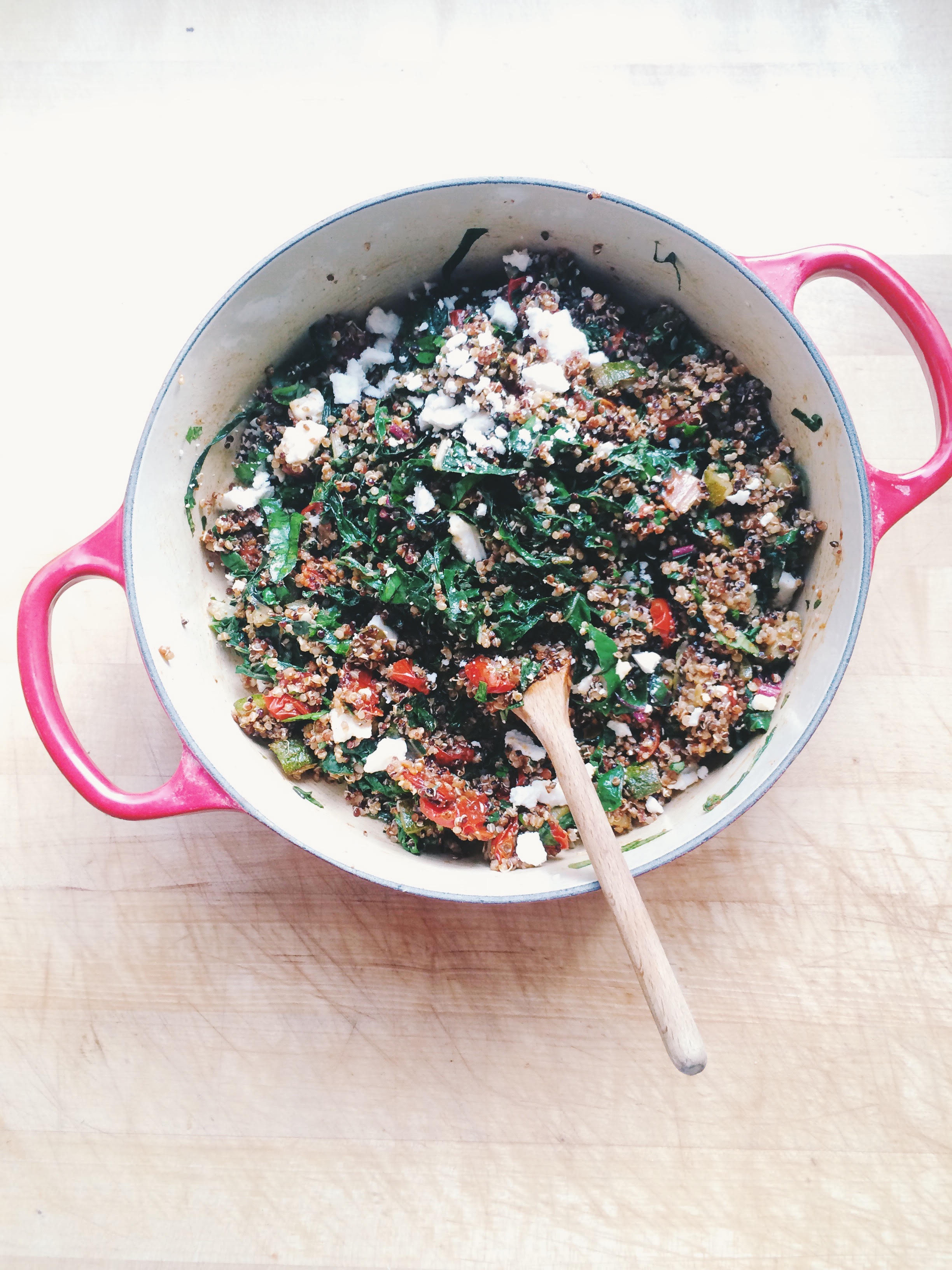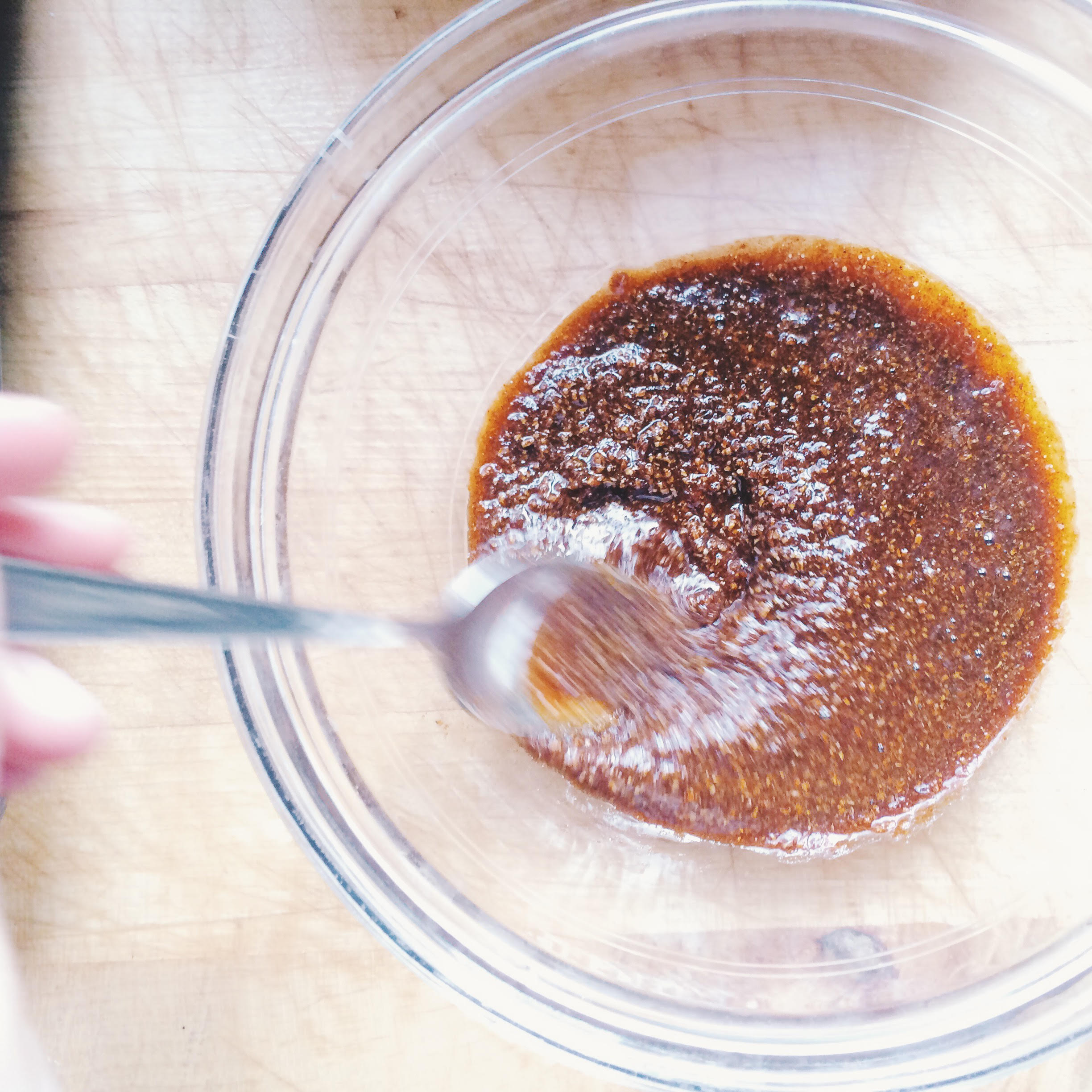I've been wondering, lately, how it is that we each manage to get through the day, cooking for ourselves and often our partners and children.
How do we manage? How do we plan (or not), and what do we eat?
Maybe it's a strange series of questions to ask, but I find that most of us are so involved (rightly so) in our own routines and habits, we rarely discuss what occurs in each other's kitchens. And I'm not talking about a pre-scheduled dinner party, either.
I'm interested in Monday morning and Thursday night. What you come up with when you realize you're missing an ingredient, or you didn't plan what to make for breakfast on Saturday, or you've been inundated with zucchini from the garden and are trying to make it interesting again and again. Or you're just flat out hungry but don't feel like making anything. (My answer for this always tends to be an omelette with Parmesan cheese, any greens I can find, and crushed red pepper flakes.)
So that's what I want to talk about today.
As for my own routine, I meal plan most weeks, a habit I took to years ago, right around the time when I started working full-time. It just makes life easier knowing I've already thought ahead and designated a meal for dinner. It keeps me calm. It gives me something to look forward to. Sometimes meals are switched around, of course, or an impromptu dinner out ensues, but generally you can find me at home Monday through Friday standing at the stove soon after getting home from work.
The weekends are a bit more leisurely. While I do tend to plan those as well (except for days I just want to roam the market and see what happens, which happens a lot this time of year), I like leaving room for a dessert I've bookmarked or something more involved that I don't have time for mid-week. (homemade croissants, anyone?) Also, there is almost always some version of pancake or waffle at the breakfast table. It's borderline obsessive.
Recently, I made stew. I don't typically associate June with stew, but it turned out to be the perfect accompaniment to an unusual bout of gloomy Los Angeles weather. It rained, actually. Really rained. Our state is always in desperate need of water, we just don't tend to receive much of it during the spring. So here I am in the middle of the year, making stew. And harissa, I should note.
Have I told you about Amy Chaplin's new cookbook yet? It just won a James Beard award (!!), and has reignited my interest in grain soaking. I dare you to close her book without feeling inspired. Somehow, Amy makes the basic act of soaking rice and quinoa a meditative moment, and you can't help but feel enormously healthy and on top of things when you remember to pull out your bowl and pour water over the lentils before you go to sleep at night.
There's something deeply poetic about the whole thing, especially when you consider rhythms of poetry. We find similar rhythms in our kitchens, too. We move from the sink to the refrigerator seamlessly, opening the door like a line break, taking out the pitcher of water. Next line. And so on.
I've been making my way through this cookbook slowly. First I read it cover to cover and kept track of the recipes I wanted to cook (along with their page numbers) on post-it notes. The inside front cover is now a pale shade of yellow, almost like homemade mayonnaise when you make it with yolks.
Lately I've started prepping a few things on Sunday to help make cooking faster during the week. Amy's harissa is the perfect example of make-ahead condiments, destined for a robust quinoa salad.
Quinoa salads have had their run, haven't they? First, no one really knew what quinoa was. Then no one knew how to cook it properly. There have been debates about how to make it fluffy, and whether or not our healthy grain habit it making matters worse for the people of Peru.
There were lots of bland recipes, too, but quinoa doesn't have to be bland. This is one of those wow! yum! pow! salads that hits you over the head thanks to a few spices like cayenne and coriander. It's probably the simplest homemade harissa you can make, but it makes an entrance. Roast some summer vegetables, saute rainbow chard in garlic oil, and toss it all together with a sprinkle of cheese. I can't say enough good things.
And as for your own kitchen routines, I'd love to hear about them. They're deeply personal yet wildly relatable, aren't they?
AMY CHAPLIN'S HARISSA + NOTES ON QUINOA SALAD WITH ROASTED VEGETABLES
Adapted slightly from At Home in the Whole Foods Kitchen
1 tablespoon cumin seeds (I used ground)
1 tablespoon coriander seeds
1 tablespoon caraway seeds
2 teaspoons ground paprika
1/2 teaspoon cayenne pepper
1 small garlic clove, grated
1/8 teaspoon sea salt
1/4 cup extra virgin olive oil
1 tablespoon fresh lemon juice
Warm a small skillet over medium heat and add the whole spices. Toast seeds, stirring occasionally, until fragrant (about two minutes). Transfer to an electric spice or coffee grinder and grind until fine; pour into a bowl. Add the paprika, cayenne, garlic, salt, oil, and lemon juice. Stir until smooth. Store in a sealed glass container for up to two months in the refrigerator.
I didn't follow her quinoa salad recipe very closely since I had a variety of other ingredients on hand. But the general method goes something like this.
Soak 1 cup of quinoa overnight. Bring 1 cup of water to a boil and add the drained and rinsed quinoa. Cover, lower the heat a bit, and simmer for about 12 minutes. (You'll find with Amy's method that for soaked quinoa, you only need a 1:1 ratio instead of 2:1 for un-soaked grains.)
I roasted zucchini and cherry tomatoes, and while those were in the oven, sautéed half a bunch of rainbow chard with plenty of garlic. (Amy's recipe also calls for red peppers, which would be fantastic.) Then I dumped in the fresh herbs (parsley and basil), crumbled in feta, and spooned harissa over everything.














